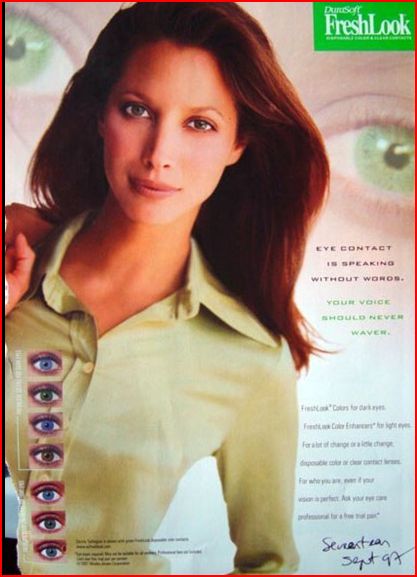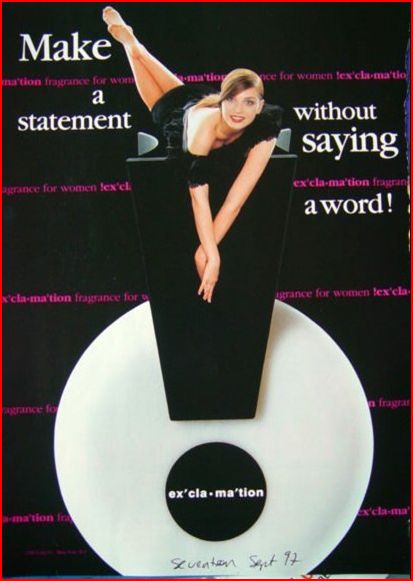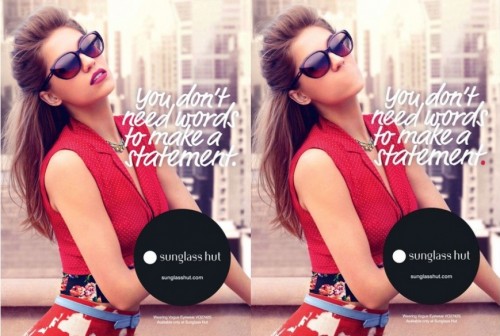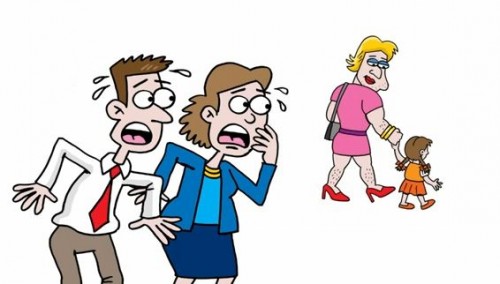 Dolores R. and Kelly S. alerted us to Ellen Degeneres’ ridiculing of the new Bic product, “Bic for Her” (yes, a real product, if you hadn’t heard). Gentle but straight up, it’s worth four minutes of your time:
Dolores R. and Kelly S. alerted us to Ellen Degeneres’ ridiculing of the new Bic product, “Bic for Her” (yes, a real product, if you hadn’t heard). Gentle but straight up, it’s worth four minutes of your time:
Lisa Wade, PhD is an Associate Professor at Tulane University. She is the author of American Hookup, a book about college sexual culture; a textbook about gender; and a forthcoming introductory text: Terrible Magnificent Sociology. You can follow her on Twitter and Instagram.








